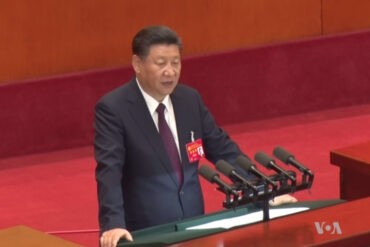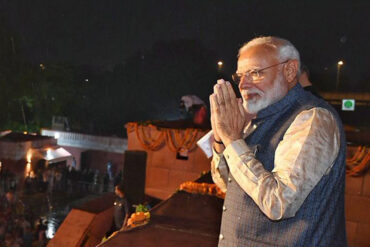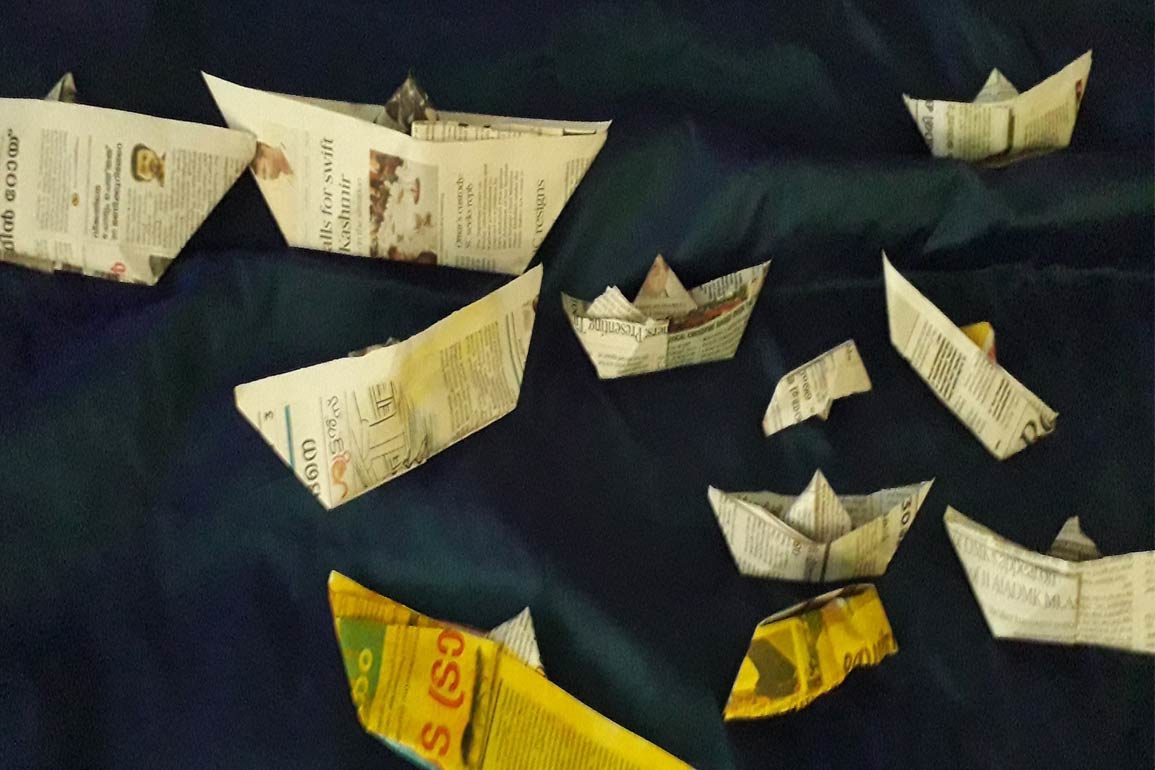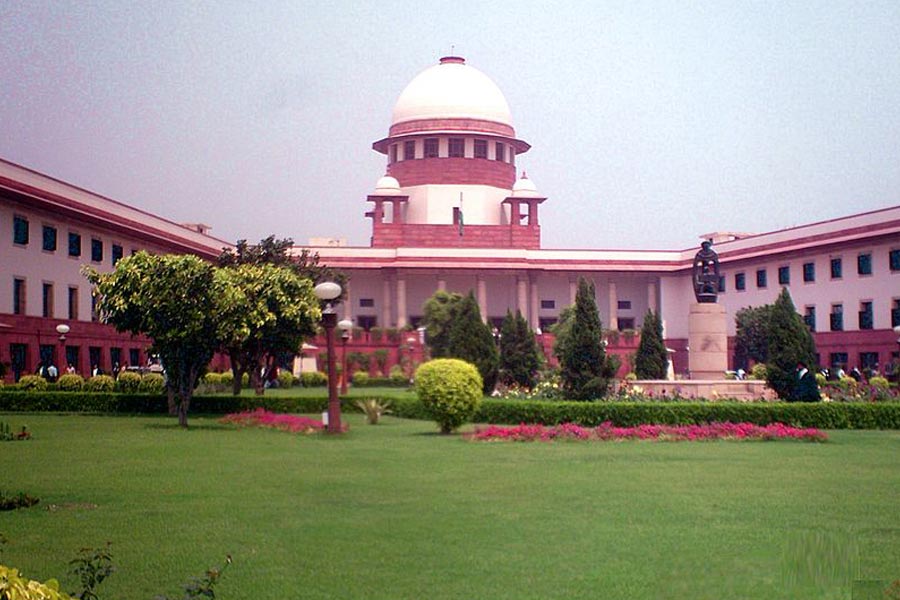It has often been Kerala’s response to disasters that has caught the imagination of the world. Sure, it had a head start with the three Wuhan cases in late January, prompting the state to declare Covid-19 a state calamity on February 4. It would be simplistic to attribute the thoroughly professional way Kerala geared up to tackle the pandemic by the time rest of India woke up to merely this head start. It had already tackled with commendable success a string of health scares, most threatening being the deadly Nipah virus scare in 2018. It had also spectacularly overcome two devastating floods in 2018 and 2019.
But none of those acts of resilience has made the Kerala brand story resonate across the world as the corona virus attack. The micro stories were told by media houses based in the state while the national and international media spun out the macro stories. Now, as the pandemic shifts gear and the numbers start climbing in Kerala, as in the rest of India, there is a bunch of micro stories about another kind of disaster in the state but may not be told as vividly, either by local journalists or those from outside. Just like Covid-19. Result: The pandemic coverage continues amid an upheaval in the industry that razes salaries, jobs, editions, even publications and channels.
It’s been well over a month since the internal circulars of many publications, both print and broadcast, started getting widely circulated in Kerala. This was followed by the even more disturbing disclosures about downsizing. Result: The air became rife with speculations about when and to what extent all this would impact journalists in Kerala.
For a highly vocal community on all other matters, news about what each media house was doing by way of rationalising its operations got contained while everyone was walking on eggshells. The transformation of a highly unionised state into one with a corporate future could not have played more effectively in any other industry.
Citing the scarce business following the pandemic induced lockdown, many media houses represented their sorry plight to the chief minister, who declared that all pending dues by way of arrears, aggregating about Rs 100 crore, would be released. And the cash-strapped government’s finance department followed up the promise with a sizeable release of dues in a matter of days. Regardless of this benevolence, salary cuts were not reversed. Next up would be what somebody cheekily described as ‘voluntary compulsory retirement,’ which plan, if not successful, could become ‘compulsory voluntary retirement’. In fact, it has already started at a few media houses.
Therefore, when Times of India came out with a front page announcement last week regarding its decision to rationalise its editions in the state, it caught pretty much every other organisation off guard. TOI listed out the districts of Kollam, Pathanamthitta, Kottayam, Alappuzha, Thrissur, Palakkad, Malappuram, Kozhikode and Kannur as those to be affected by the closure of editions by the month-end. Only Kochi and Thiruvananthapuram were spared.
The decision, TOI said, made with a heavy heart, alluded to its coverage of the pandemic and then referred to the ensuing national lockdown that triggered an economic crisis of unprecedented proportions. As the newspaper industry was among the hardest hit, the newspaper has taken recourse to the obvious option—rationalise. In other words, downsize.
The reach of the media into Kerala market, peculiarly positioned because of it being one continuous stretch of urban, semi-urban and wannabe urban spread from Thiruvananthapuram to Kasaragod, had always weighed on its ability to reach the remote interiors. With one splash of ink on the newsprint, TOI has said it is planning to disrupt this carefully crafted market. The ripples will last for a long time as the others would be caught between two options—ignore this and chart out a separate path or follow the leader.
TOI’s ability to effectively play the role of market disruptor is proven. As most of the industry was hit one way or the other with its price war many years ago, the market is rife with rumours regarding the extent of disruption it will unleash this time. It ranges from another round of rationalisation in loss-making states like Kerala to jacking up the print cover price while giving an almighty push to its online platform. Time alone will tell if its limited edition model, with reduced overheads, would deliver the news and the advertisements in Kerala. The litmus test would be if and when this disruption forces language giants Malayala Manorama and Mathrubhumi to reconsider their number-driven game plan.
Temptation would lie in the prospects offered by the TOI model of a proportionate reduction in workforce, both journalists and non-journalists, giving it the vestiges of a lean-mean machine to make its play in the state. And the time for games will be over when an all-out war gets fought in the online space, underlined by the high speed-low drag mantra.
The productivity question it is raising is directed at all other players fighting for the media pie that is the Kerala market. It is directed all the more at the other two English dailies, The Hindu, with three editions and more or less an equal circulation and The New Indian Express, with seven editions, but a lower circulation.
With a journalist pool drawing a far superior salary than its competitors, TOI has reason to believe it has gained more than others in the salary cut round as also the downsizing round. And it is learnt another round of salary cut, this time targeting only the highly paid, is on its way. The comparable savings for the competition with way lower salary structures would be insignificant as many newspapers in Kerala, including English, still have no single representative in the Rs 1 lakh plus monthly remuneration category, bar the editor.
In sum, the real churn in the media industry in Kerala is yet to manifest itself in a tangible manner. By ripping off the cloak and dagger style of managing the crisis, Bennett Coleman and Company Limited, the publishers of TOI, has thrown the gauntlet at other media houses. And the dare is quite alarming in its simplicity. We are transparent about washing our linen. Are you?
Meanwhile, regardless of the storm brewing within, the relentless coverage of the pandemic of the unique rally from Kerala continues uninterrupted.
Update: Though Rs 56 crore was promptly released by the state finance department as part payment of dues to media houses, the actual disbursement of funds has yet to happen. This is on account of the many departments that released advertisements over the years not giving the final tally, is the government version. However, some media houses are skeptical of the outcome and say the promised payment may never happen.







